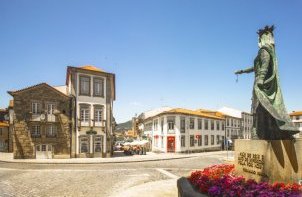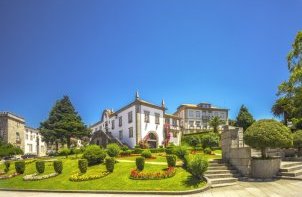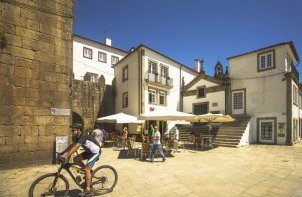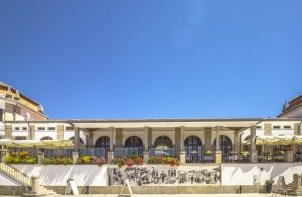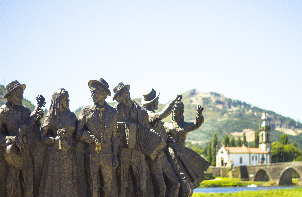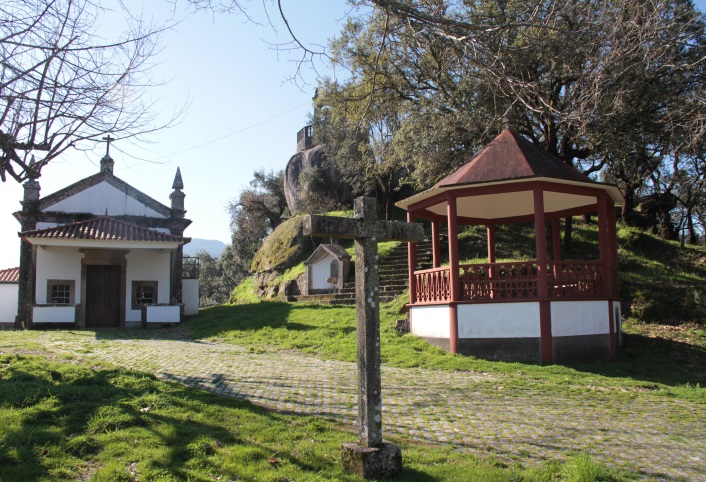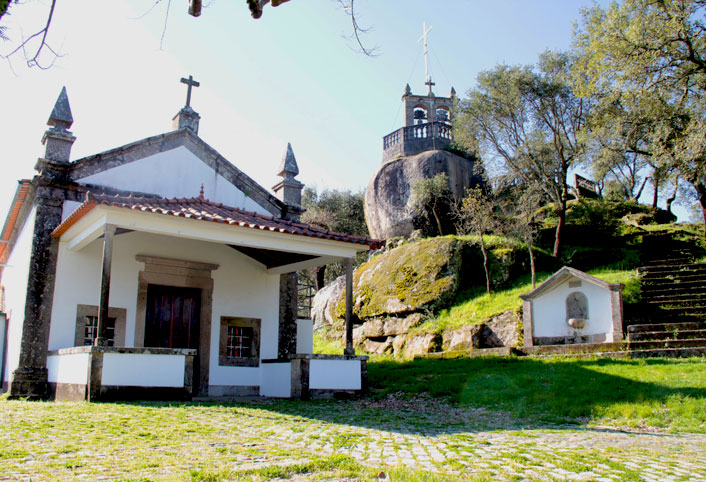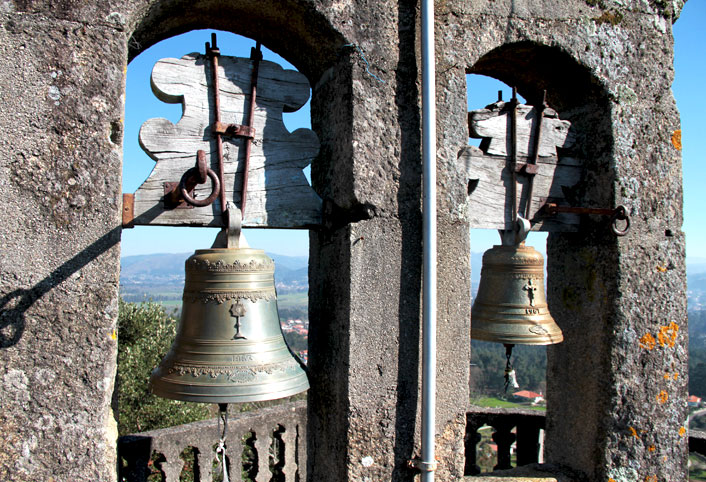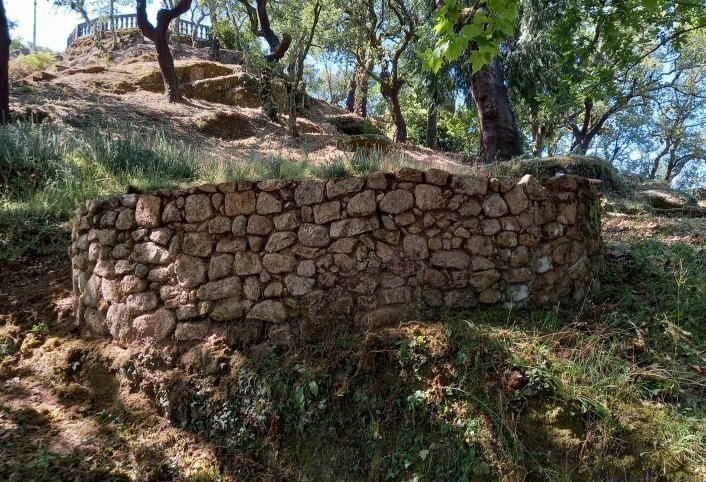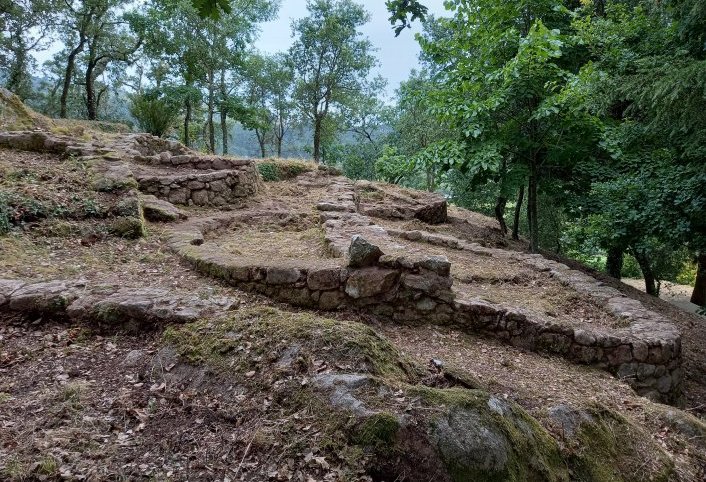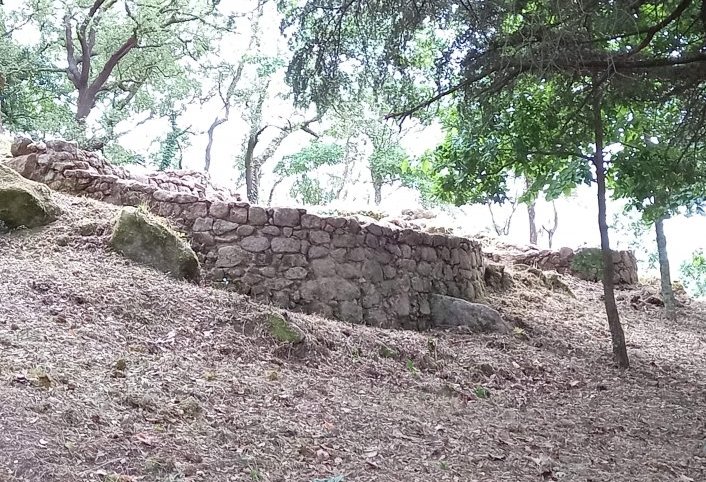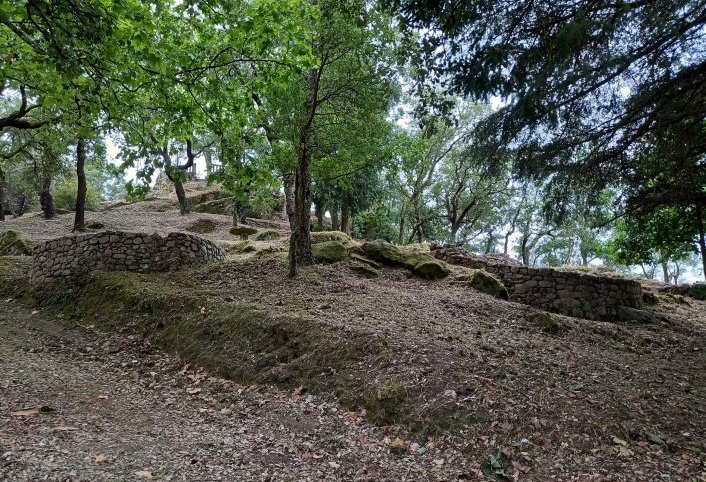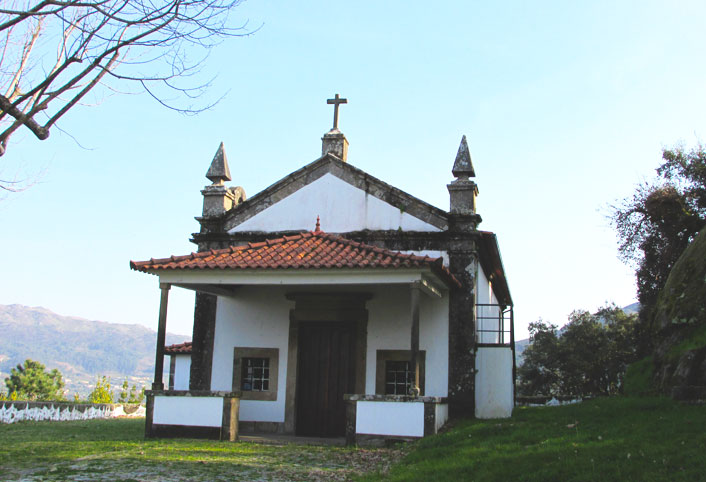Address:
Lugar de Chão, Facha
4990-600 Ponte de Lima
GPS: 41º 43' 20,9" N | 8º 38' 35,9" W
Hillfort of Santo Estêvão da Facha
Lugar de Chão, Facha 4990-600 Ponte de Lima
41º 43’ 20,9” N | 8º 38’ 35,9” W
Lugar de Chão, Facha 4990-600 Ponte de Lima
Description
Of the many hillforts identified in the municipality, the hillfort of Santo Estêvão da Facha
deserves a special visit, as it is a great witness of land occupation, on the famous hilltop of
Terra de Santo Estêvão, well-known during the medieval ages. This visit will, in addition, allow you to appreciate not only the chapel of Nossa Senhora da Rocha (Our Lady of the Rock), that names the mountain as well, but also one of the most impressive landscapes in the whole of Alto Minho (Northern Minho), allowing the visitor to reconcile cultural heritage and natural, environmental heritage.
The hillfort culture, together with the strategic location of the villages, that allowed defence (for which Santo Estêvão stands as an example), regardless of the existence of the so-called agricultural hillforts (not so high up the mountain), can be traced back to the 6th century B.C., being connected with the development of metalsmithing by the local population.
Roman occupation completely changed the organizational structure of the hillfort populations, though not stopping the further existence of villages at least until the 12th century and first half of the 13th century, as has be seen in several of the analysed ceramic remains.
Contacts
